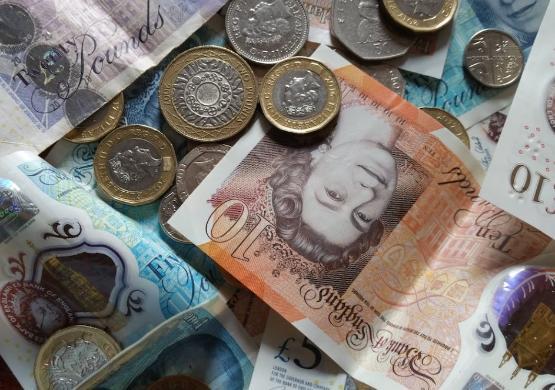To tax or not to tax, that is the question

Opinion
Dr Irfan Saleem, lecturer in finance and economics at the University of Bradford, formerly worked for the Civil Service and Office for National Statistics. Here he gives an analysis of the dilemmas facing Chancellor of the Exchequer The Right Honourable Jeremy Hunt MP ahead of his March budget.
Can Jeremy Hunt afford to make tax cuts?
The Chancellor’s plan to cut taxes in his March 6 budget speech has been further supported after official figures on public finance in December 2023 showed that UK government borrowing in the past year has halved, which in turn means debt interest payments are lower.
This has improved the government’s financial position and makes it much easier for the Chancellor to make tax cuts in March.
The latest figures from the Office for National Statistics (ONS) show that rising VAT and income-tax receipts, along with some contractionary fiscal measures, resulted in public sector net borrowing of £7.8bn.
The public sector borrowing in December was £6.2bn less than the £14.0bn forecast by the OBR and the lowest observed since the pre-pandemic year of 2019.
As of 21 February, 2024, government borrowing figures showed the public sector ran a surplus of £16.7bn in January 2024. This is more than double the £7.5bn surplus it ran in January 2023 (a year earlier), and the largest surplus since monthly records began in 1993.
In layman’s terms, this provides the Chancellor with more headway for tax cuts and opens the door to a Tory pre-election give-way.
While the UK government witnessed a smaller than expected December 2023 deficit, in the first nine months of the financial year, the government borrowed just over £119bn - £11bn more than in the same period of 2022-23 and the fourth highest on record, indicating some challenges to public finances.
According to today’s (Feb 21, 2024) data released by ONS, borrowing in financial year-to-January 2024 was £96.6bn, £3.1bn less than in the same ten-month period a year ago.
The good news for the Chancellor today was a downwards revision to earlier figures which overall leave borrowing over the first 10 months of this financial year some £9.2bn below the £105.8bn forecast.
Since 2010, the average person has lost around £10,200 due to rises in the cost of living. While the Chancellor is still facing challenges from inflation (which is still high but has halved) and weak economic growth, now may be the time for him to make a bold gesture and pursue an expansionary fiscal approach through tax cuts, which will ultimately provide a boost to the economy.

Above: Dr Irfan Saleem, from the University of Bradford
What taxes might he cut, and where will the money come from?
In his Autumn Statement in November, the chancellor unveiled his plan to cut business and personal taxes by £20bn, and further indicated that by the time of his Budget speech in March he would be in a better position to do more for businesses and the public at large.
Based on November public finance estimates, the measures outlined in the Autumn Statement left the chancellor a projected £13bn of headroom.
Capital Economics estimates the ‘headroom’ will be about £15bn while the Resolution Foundation think-tank puts the plausible headroom figure at about £23bn.
Analysts have already cautioned that any tax reductions would need to be set against his self-imposed fiscal rule, which requires underlying public sector net debt falls as a share of gross domestic product by the fifth year of the OBR forecasts in 2027-28.
Cutting National Insurance or VAT won’t be easy. A 2p cut in National Insurance would cost about £9bn, while a similar cut in income tax will cost about £13bn.

Above: Chancellor of the Exchequer, the Rt Hon Jeremy Hunt MP
Who will benefit and by how much?
Some commentators are urging the Chancellor to cut personal taxes while others are pushing for cuts to taxes on business.
If Hunt plans to announce a cut to national insurance (a personal tax on earnings from employment aimed at incentivising work) then the estimates from the Resolution Foundation revealed that a 1p cut to national insurance contributions paid by employees and the self-employed would benefit around 28m people, while costing £5bn per year to the National Exchequer.
That sort of cut would take the national insurance rate gradually down from 12 per cent to 11 per cent and 9 per cent to 8 per cent, respectively.
The PM, Rishi Sunak, has also indicated his desire to cut the 20p basic rate of income tax by 1p to 19 percent before the next general election. A 1p cut in the basic rate of income tax would cost £7bn a year, according to the Resolution Foundation. Neither approach would on its own offset the £10bn increase in personal taxes the think-tank has estimated will result from personal tax thresholds being frozen next year, rather than rising in line with inflation.
By far the biggest benefit to people would be to unfreeze the personal allowance, which would equate to around an extra £252 a year.
